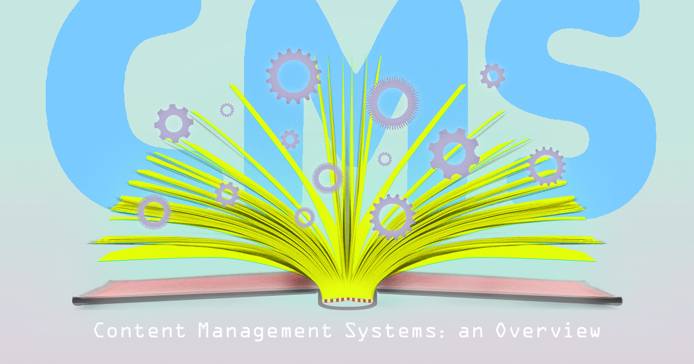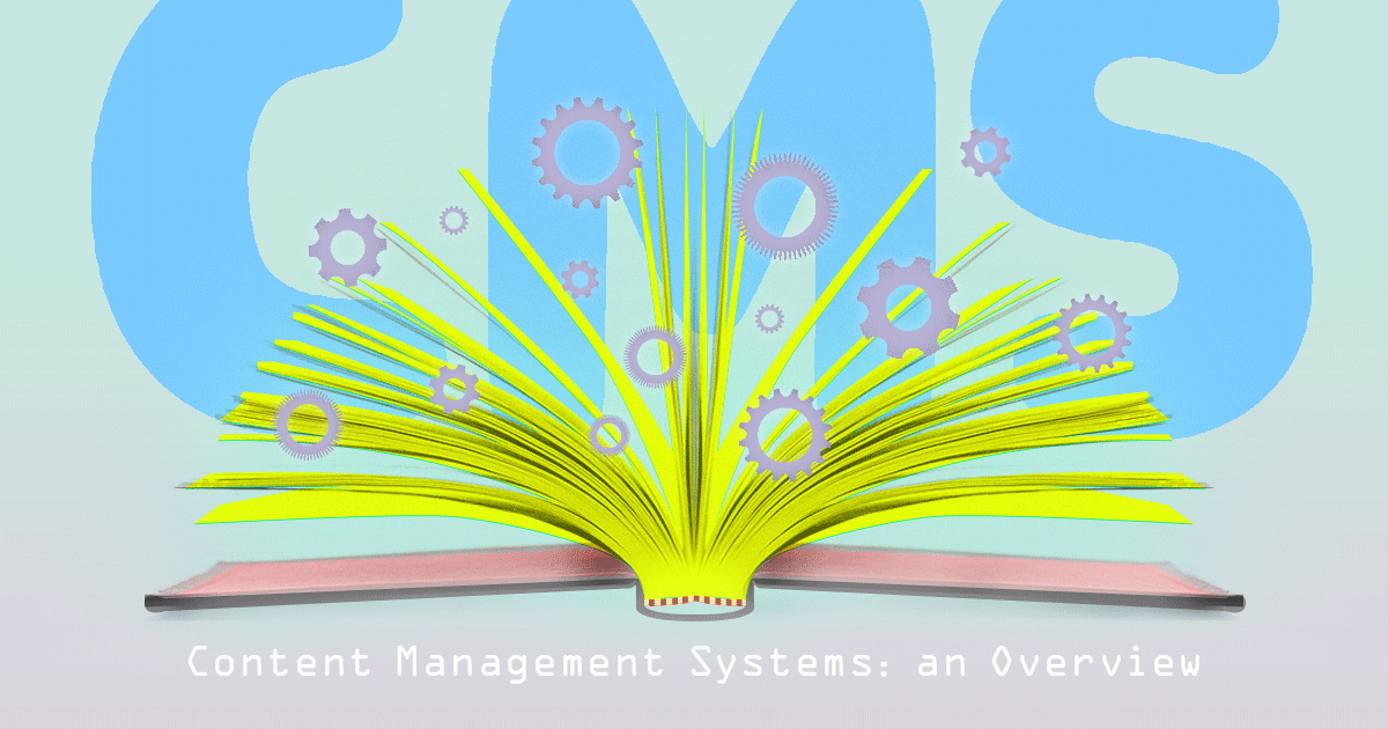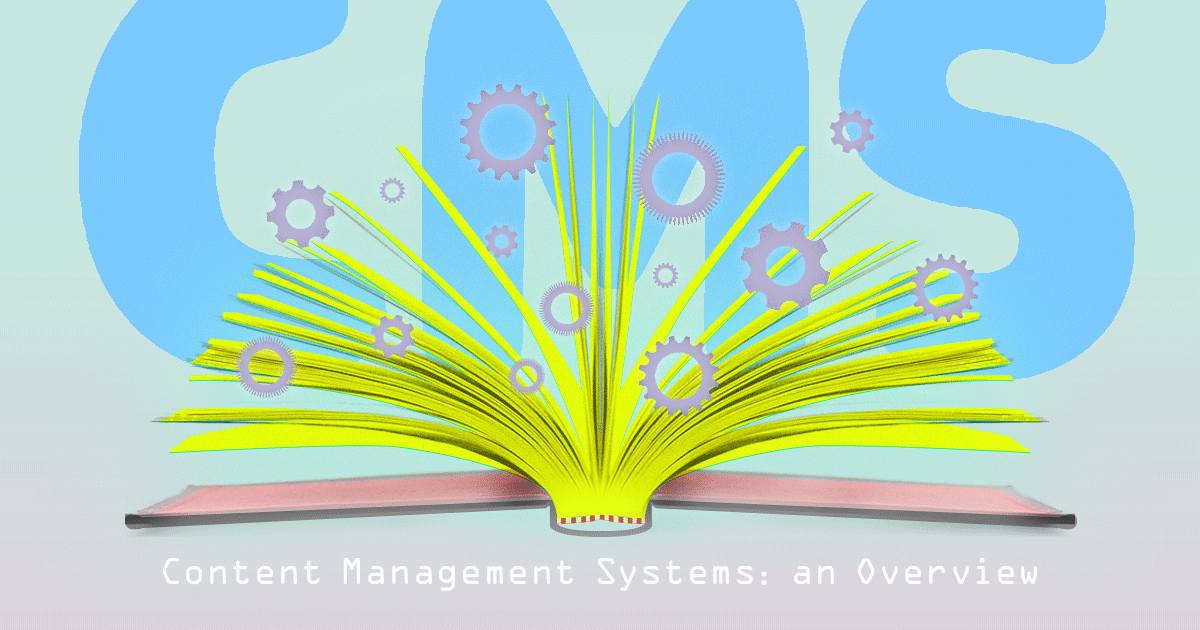Product docs and API reference are now on Akamai TechDocs.
Search product docs.
Search for “” in product docs.
Search API reference.
Search for “” in API reference.
Search Results
results matching
results
No Results
Filters
Content Management Systems: An Overview
A content management system, or CMS, creates and manages websites. CMS applications eliminate the need for programming. Once running, they enable non-technical professionals to upload and administer their own content. Any coding is replaced with a user-friendly, point-and-click interface. There are dozens of popular CMS apps available, and many are free. Every CMS has a different design with particular web functionalities, aimed at specific users. CMS applications have been around since the late 1990s, and they continue to reach larger and larger audiences.




Even experienced programmers often choose using a CMS over coding a website. Content management systems foster quicker website development. A CMS website can be created and deployed within days. Many of the more popular CMS applications are open sourced. Open sourcing allows users to write helpful documentation or develop new add-ons. Through extremely active online communities, open sourcing creates plug-ins, modules, comments, questions, and technical answers. Help is always just a search away.
Content Management Systems on a Linode
Linode has installation guides for Drupal, WordPress, and Joomla. Together, they are the most popular CMS apps on the web. However, before you install, you’ll need a running Linode, so see the Creating a Compute Instance guide. For security, work through the Setting Up and Securing a Compute Instance guide. And, finally for server configuration, create a LAMP stack with the Hosting a Website guide.
Using a Linode gives you more control and a greater understanding of website administration. Linux and content management systems play a huge role in the open-source world, and now, you can begin learning both.
Themes and Templates
Most content management systems create their webpage layout with a theme. The appeal of any site starts with visual design. The appearance of your homepage keeps visitors coming back for more content. After installation, picking a theme is the next major decision. No worries, it’s never too difficult to change.
Themes, sometimes called skins, are HTML or CSS based. They act as templates, which means they are customizable. For example, a theme can create the header image divisions, column alignments, title text placement, webpage width, paragraph placement, side bars, and side bar modules. CMS applications may have default themes already available or other themes available on the web or for purchase.
Drupal, Joomla, and WordPress
Three of the world’s most popular content management systems are open source, free, and top quality. Each has its own strengths and development history.
Drupal
Drupal manages many visually stunning, popular sites like Weather.com, WhiteHouse.gov, and Rutgers.edu. Drupal has been in continuous release since 2001. Because of an active development cycle, Drupal releases an update every two to four months. A huge user community attends bi-annual conferences in North America and Europe.
Drupal’s strength lies in its organization. Drupal starts with the Drupal core, a base set of files, which allows for package add-ons like themes or modules. The core may have a basic set of modules or built-in themes, but can be continually customized. Optionally, a Drupal distribution is a similar to the core but centered around specific site needs. Distributions exist for kickstarter sites, news media sites, or community-based sites, to name a few.
Joomla
Joomla has been in release since 2005 and manages sites like eBay, General Electric, and Ikea. Joomla released version 4.0 in March 2015. While Drupal has more modules and themes, Joomla has more extensions with thousands of add-on options, although the idea of modules and extensions often overlap. Both Drupal and Joomla have users in the millions, which means thousands of user comments and help topics can be found online.
Joomla works best for intermediate users, and while it lends itself to social collaboration or community-driven website design, it can be customized toward any situation. The installation process is uncomplicated, but generating content will not be as easy as it is with WordPress.
WordPress
Originally built as a blogger platform, WordPress is arguably the easiest to use and the most popular. Initially released in 2003, it has grown rapidly since. The WP platform is used for over 60 million websites, and 100,000 new websites are created daily.
WordPress is best for static content. However, WP sites are often built for complex, dynamic solutions because the community is so large and has added so many capabilities. The structure of the company behind WordPress, Automattic, and its philosophy represent the ability for large growth with such an open-source project.
Next Steps
We have briefly covered the concepts of content management systems, CMS themes, LAMP stacks, CMS add-ons, open source, Drupal, Joomla, and WordPress. Create a Linode, follow our installation guides, and start delivering your content to the world.
This page was originally published on








